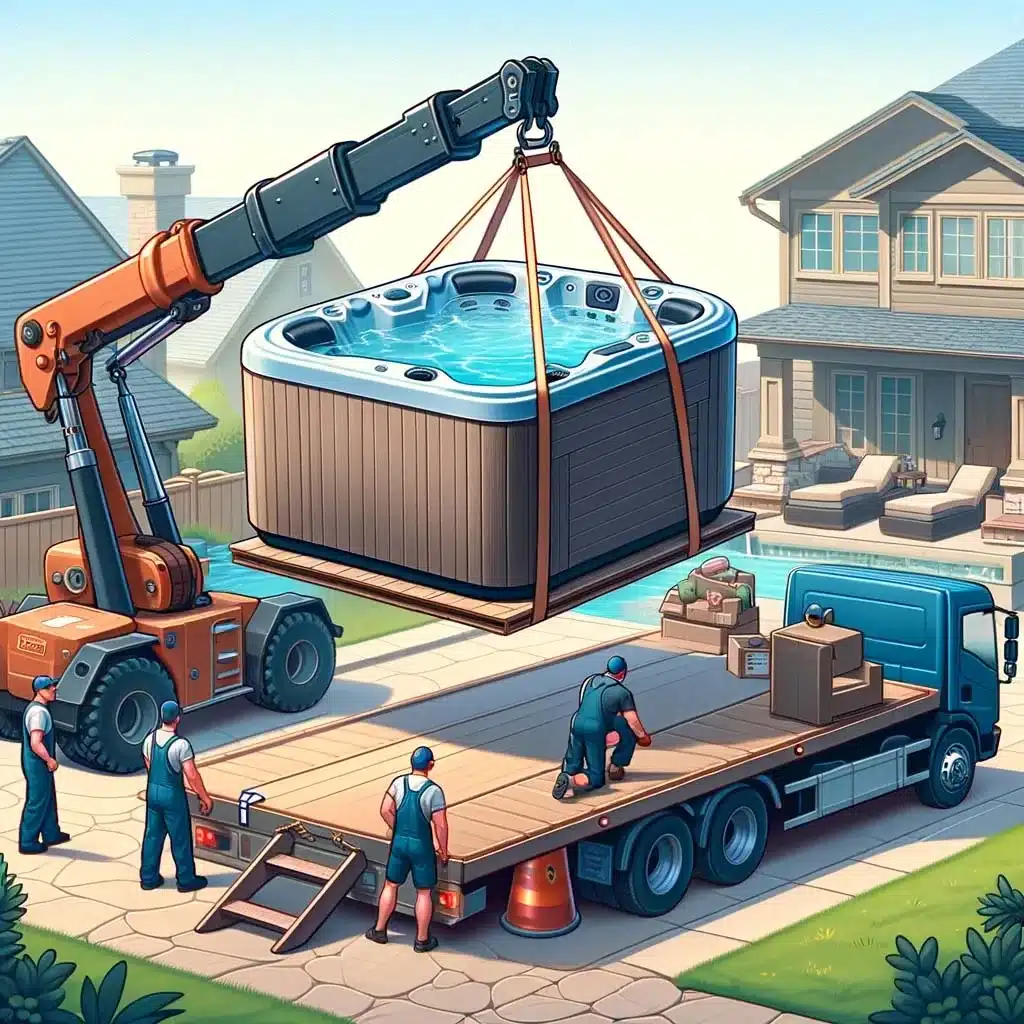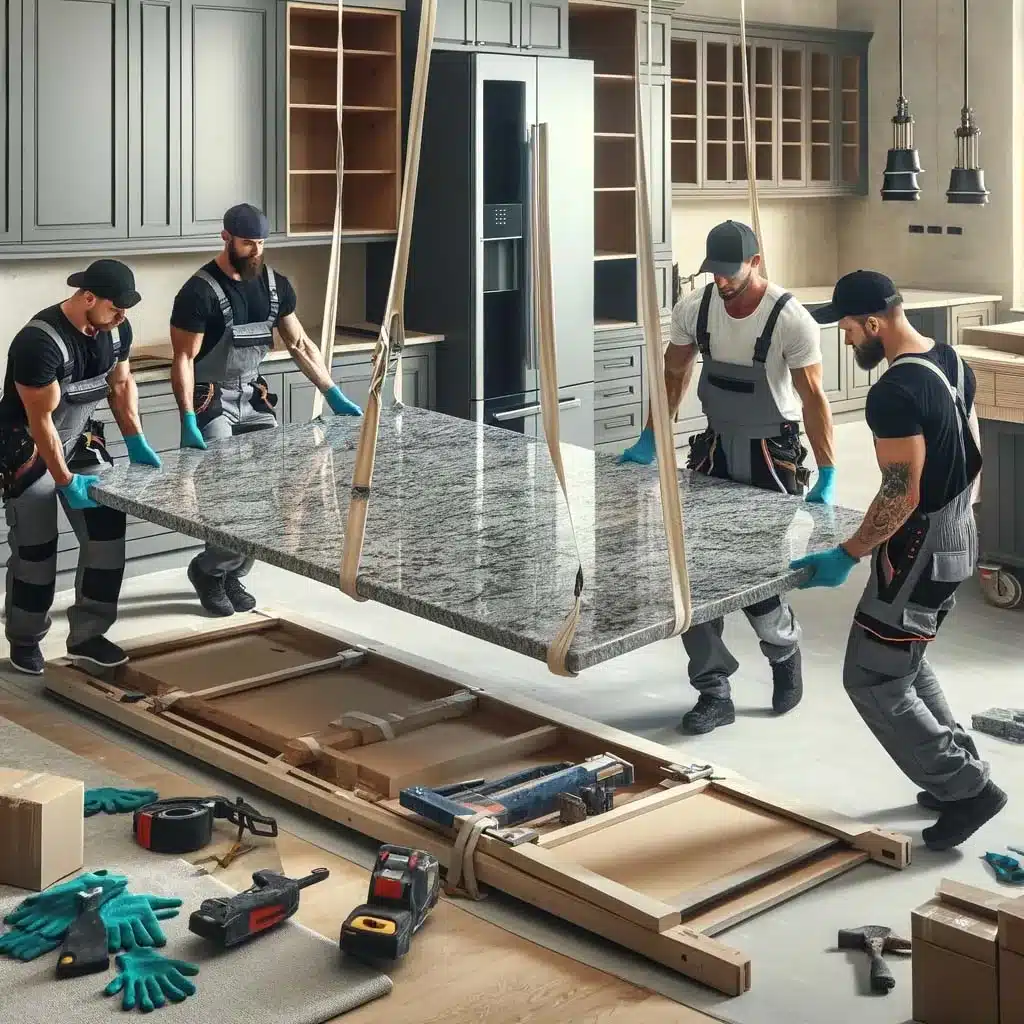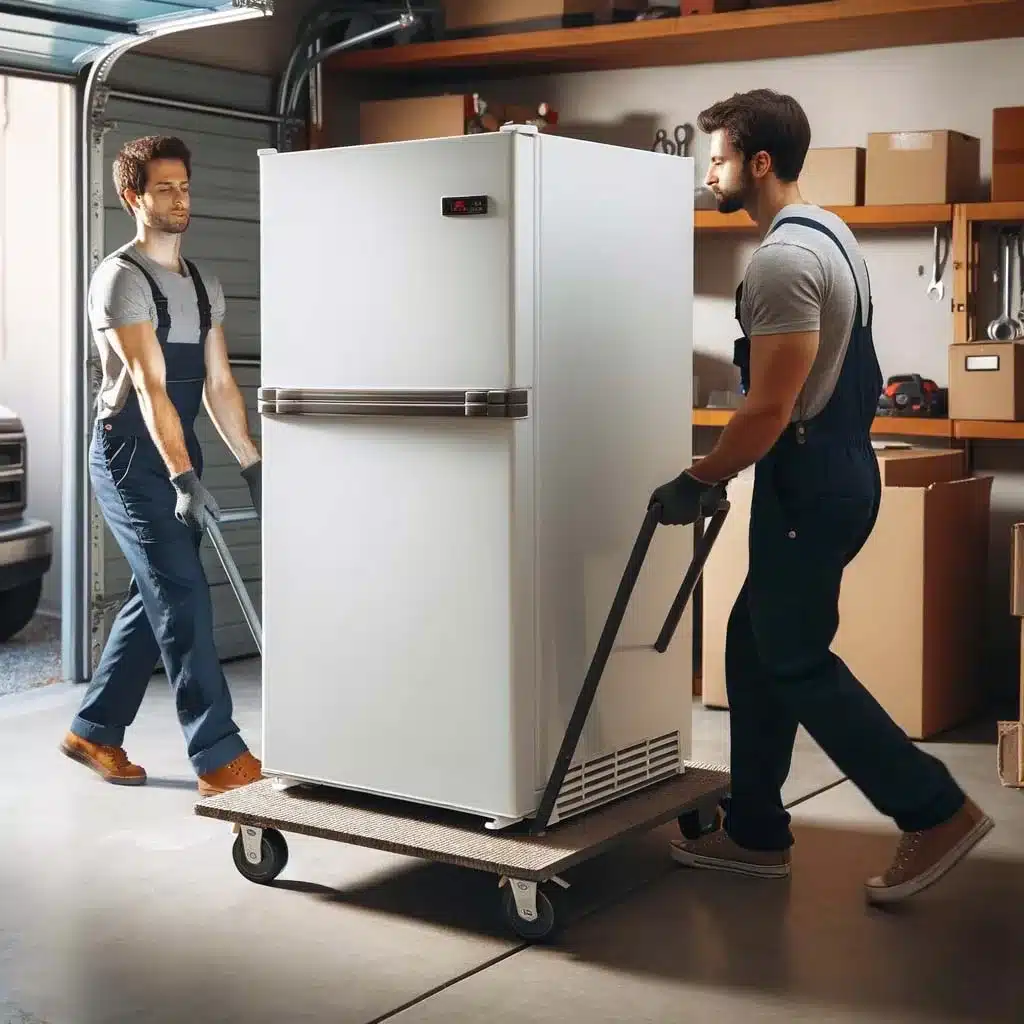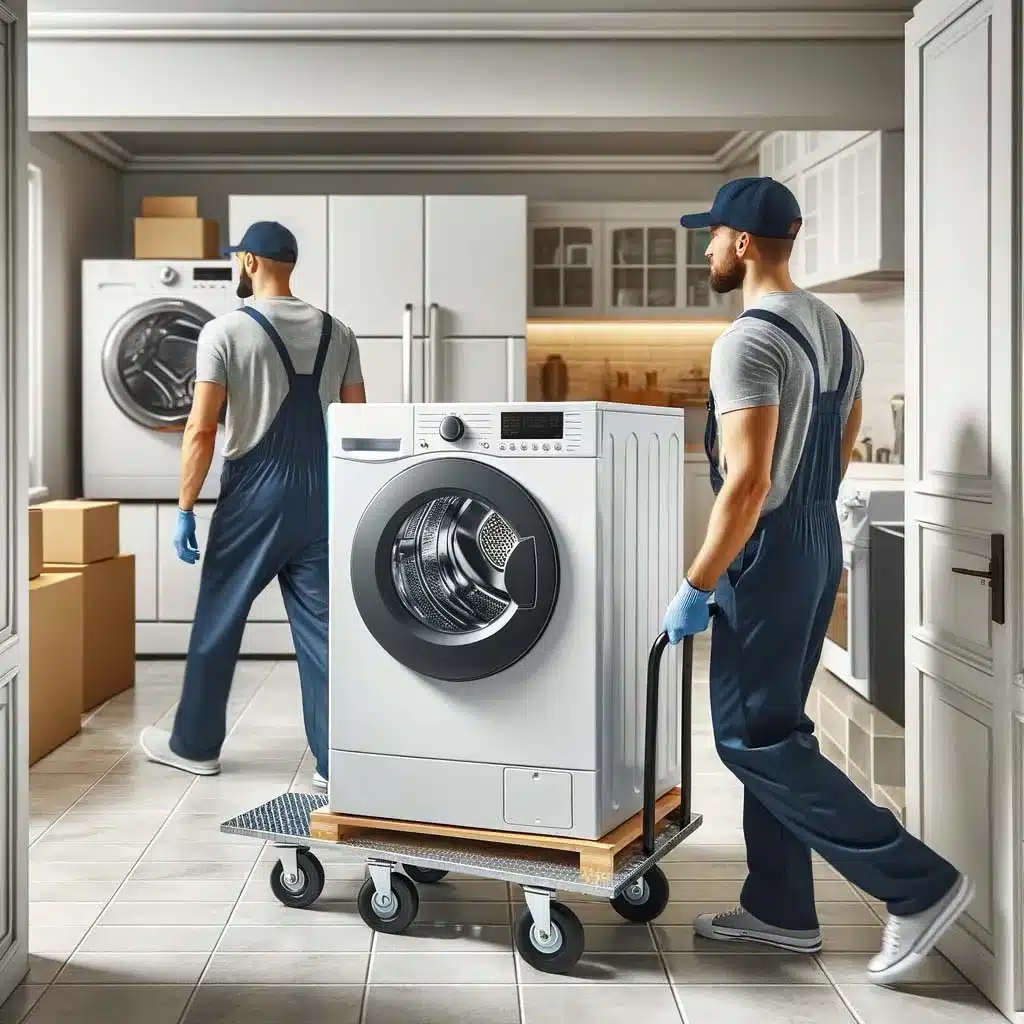How To Utilize Municipal Junk Removal Services In Metro Vancouver
When you’re moving, you’re probably also purging. There may be junk you need to get rid of. You could pay a junk removal company to come and take it all away – and that may be your best bet for various types of junk and a big load. Here are […]
How To Utilize Municipal Junk Removal Services In Metro Vancouver Read More »







